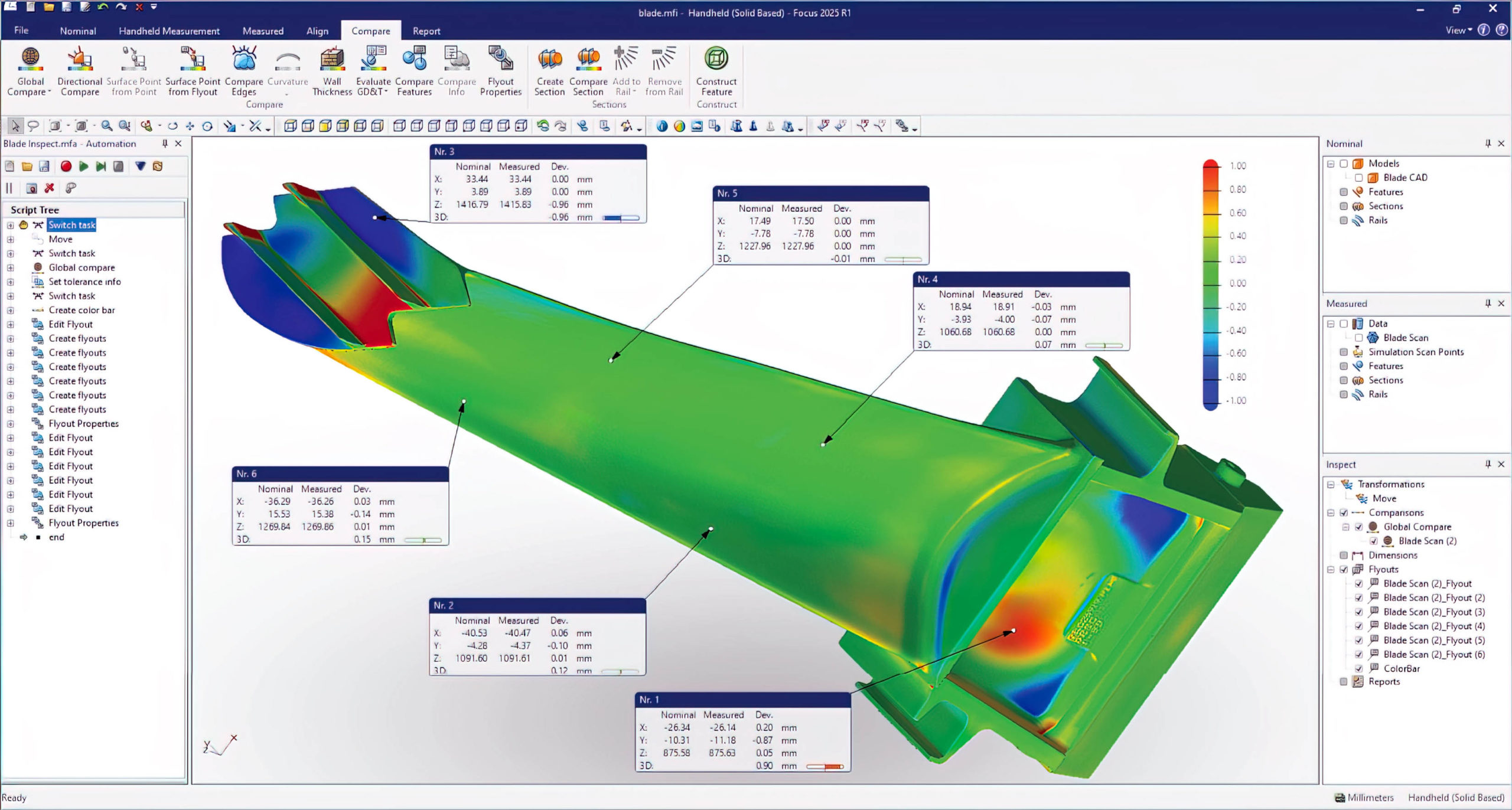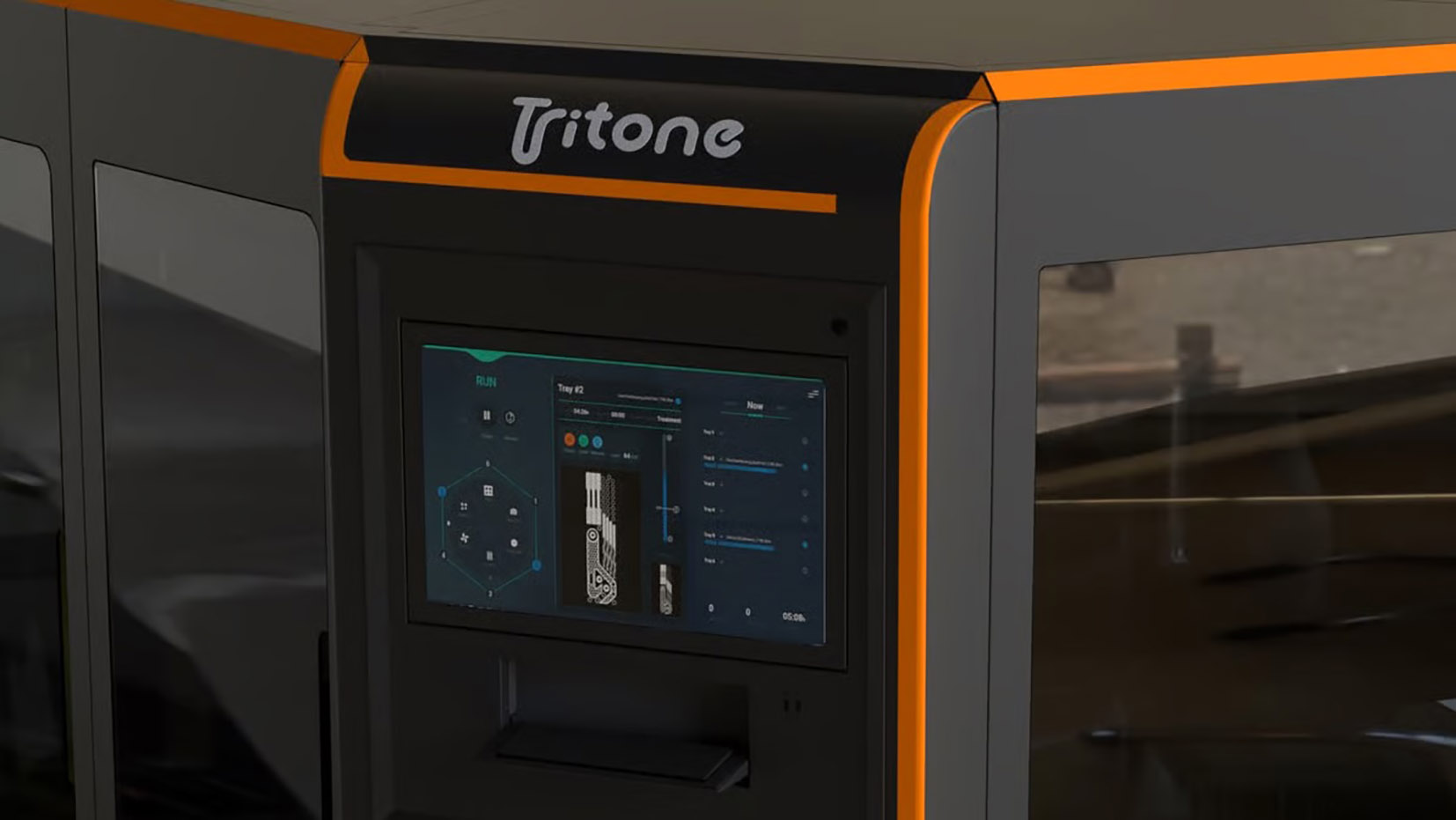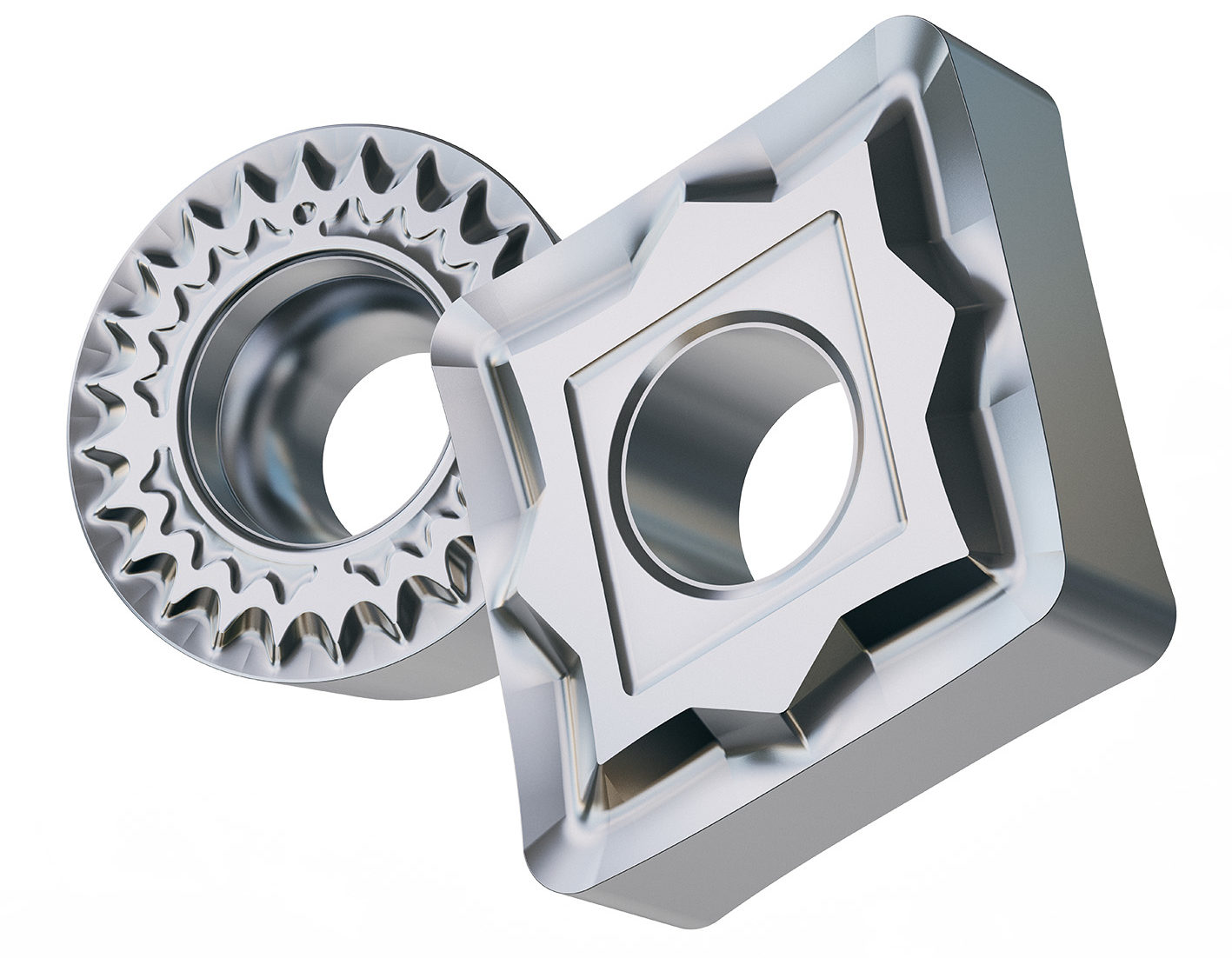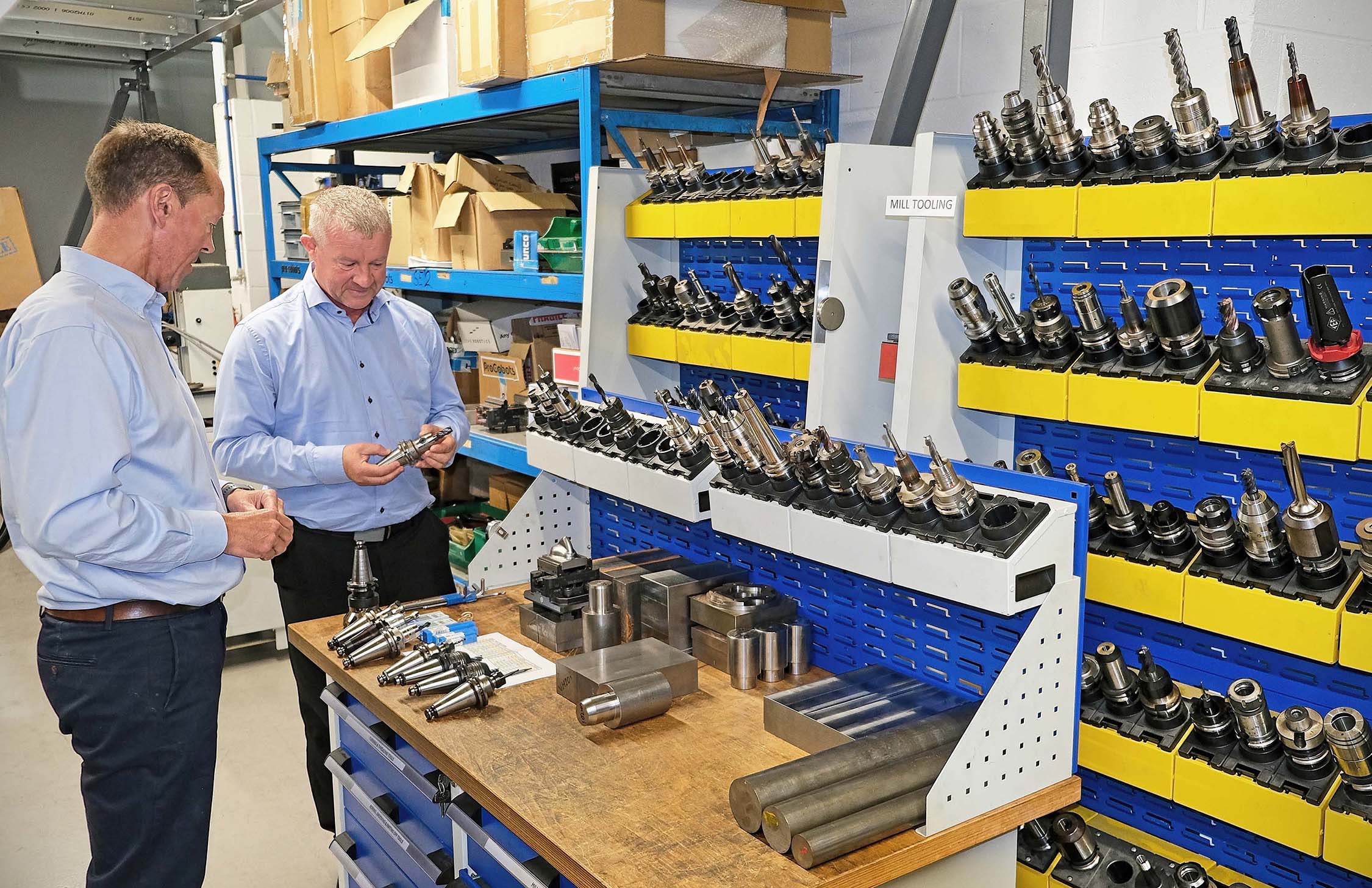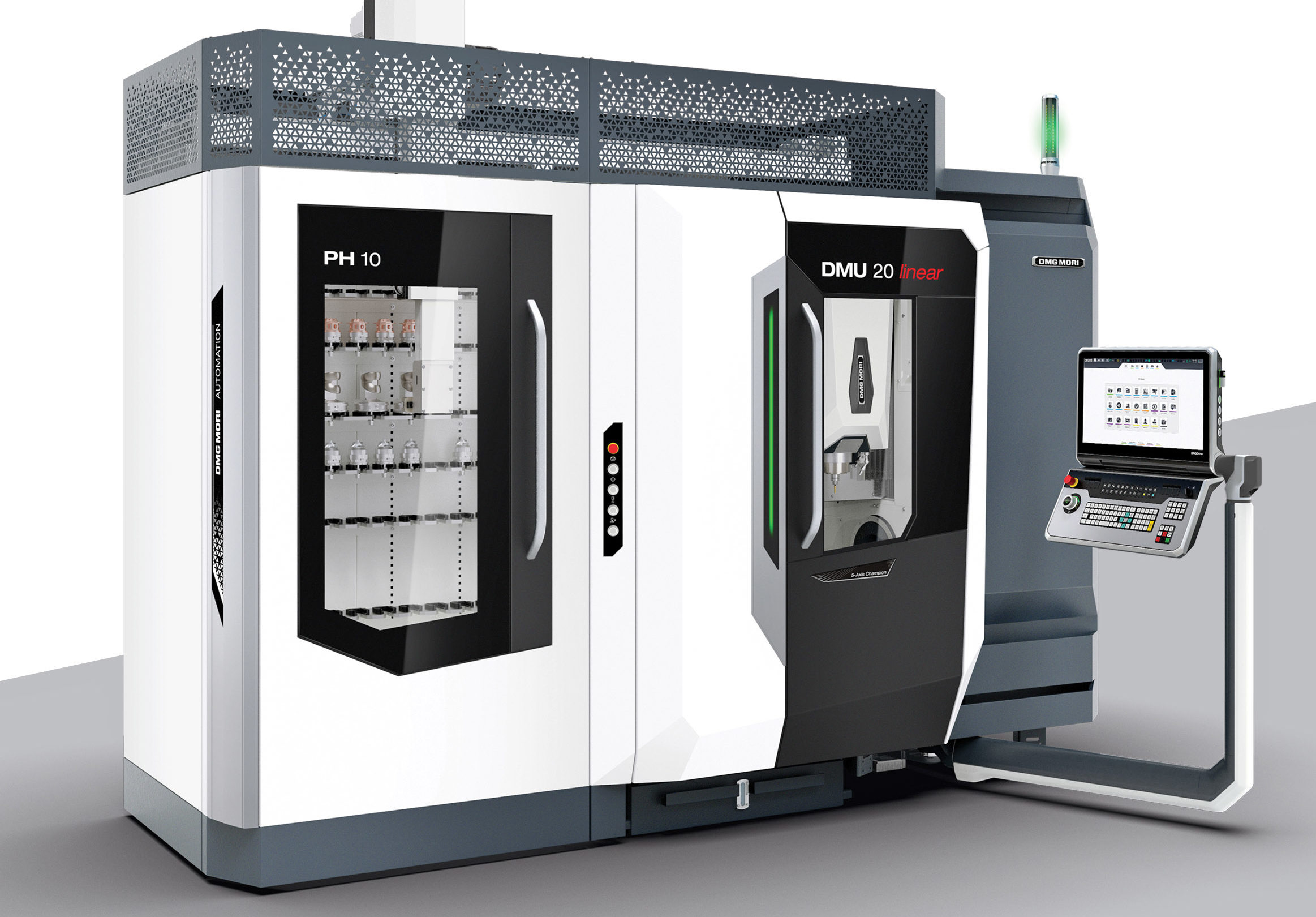Autonomous five-axis machining around the clock
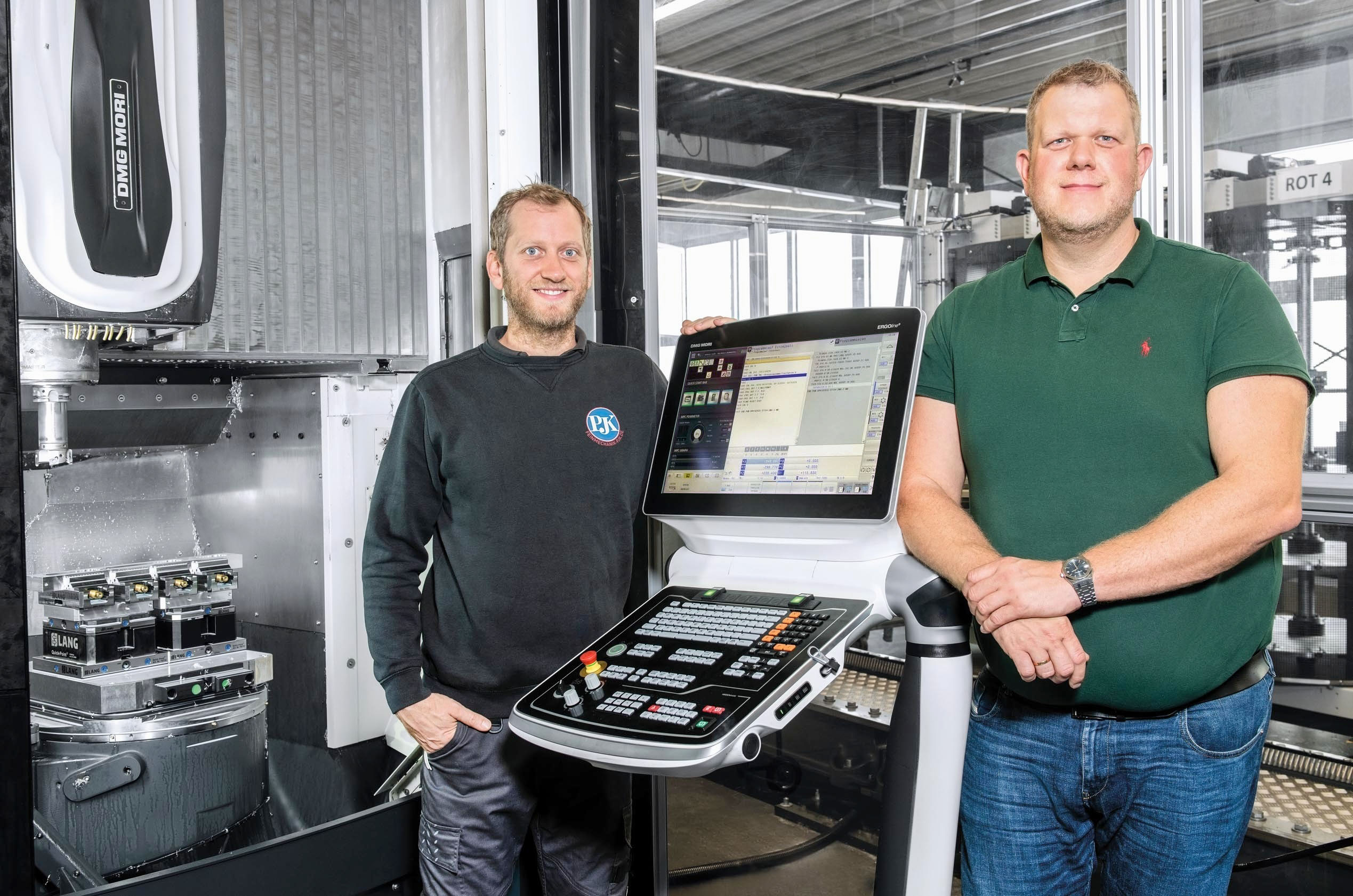
Since 1983, Peter Josef Klein Feinmechanik GmbH (PJK) – a 50-employee subcontractor based in Sankt Augustin near Bonn, Germany – has been producing precision components and assemblies from aluminium, titanium, stainless steel and high-performance plastics for customers principally in the medical, food and aerospace industries. For metalcutting, the company mainly uses machine tools from DMG Mori, including seven DMU 60 eVo machining centres, all of which are automated. Two of them are connected via a pallet handling system, which has 40 locations and can accommodate 300 fixtures that can be swapped between the pallets. An Erowa MTS zero-point clamping system serves as the basis for the flexible, automated cell.
Second-generation Peter Klein, who runs the company with his brother Julian, says: “We accompany our clients from initial consultation through prototyping and series production to finished product delivery. Our main challenges are the extreme quality customers require and the high degree of competitive pressure. Our components are accurate to within microns, while at the same time we also have to continuously check and optimise our processes.”
One way of meeting these challenges is autonomous manufacturing. PJK has been using automated manufacturing cells to maximise machine utilisation since 2011. It means an employee can operate several machines during day shifts, while the company gains extra production output during unmanned running overnight and at the weekend.
PJK has been using DMG Mori machining centres for many years. To ensure precise and dynamic machining, the majority are fitted with linear drives.
Says Julian Klein: “The machines produce our range of components efficiently by five-axis machining and meet our tight tolerance requirements. Customers stipulate accuracies down to single-figure microns and we have to hold them consistently. Five-axis machining contributes to our ability to control this level of quality, as the number of manual re-clampings is reduced or even eliminated.”
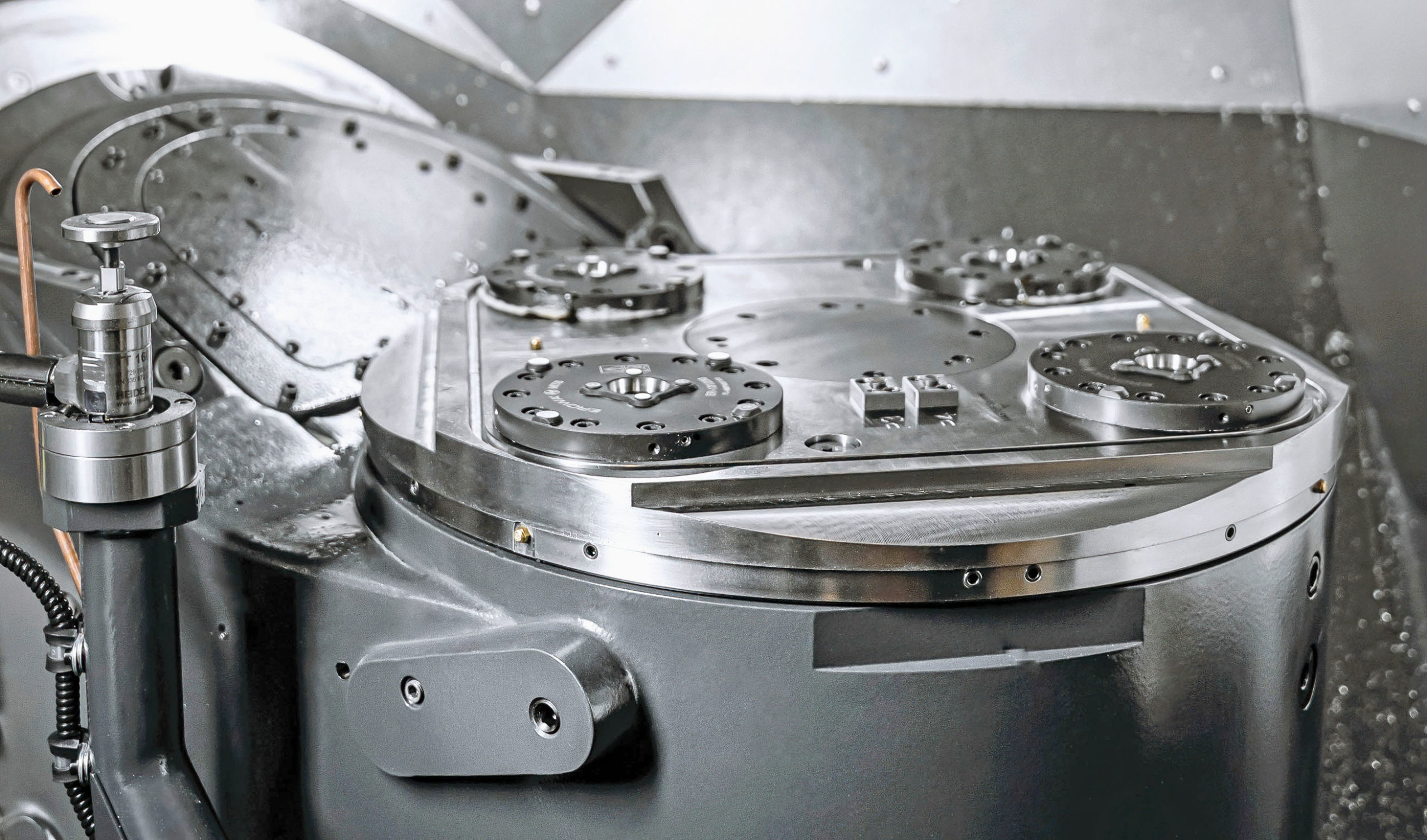
On the two DMU 60 eVo machines integrated into the large pallet handling system, DMG Mori developed and fitted a table with an embedded MTS zero-point clamping system. The original table with a mounted fixture took up a lot of space, whereas the current solution is lower profile and of smaller circumference, maximising the working volume and reducing the risk of interference between component and cutters. Additionally, machining is more stable, leading to better accuracy and surface finish.
Peter Klein sees a major advantage in the flexibility of the pallet handling system: “The MTS clamping system makes it possible to use traditional machine pallets, including with towers for series production. It leads to a very wide range of components that the two DMU 60 eVos can machine completely autonomously. However, that the manufacturing cells need to be very reliable to avoid interrupting production. The seven machining centres are in continuous use for up to 22 hours per day and any downtime would have a detrimental impact on productivity, which is why DMG Mori’s all-encompassing service provision is very important.”
Extensive use is made of digital technology at the Sankt Augustin factory. It starts with flexible order planning in a CRM system and extends through CADCAM software, manufacturing and computer-aided quality control. If a tool breaks during a cycle, the machine stops automatically and the cutter is exchanged for a sister tool to allow production to continue almost seamlessly.
The Klein brothers are committed to digitalisation, regarding it as a decisive competitive advantage. Consequently, all future investments will be influenced by their ability to be incorporated into an end-to-end digital workflow.

